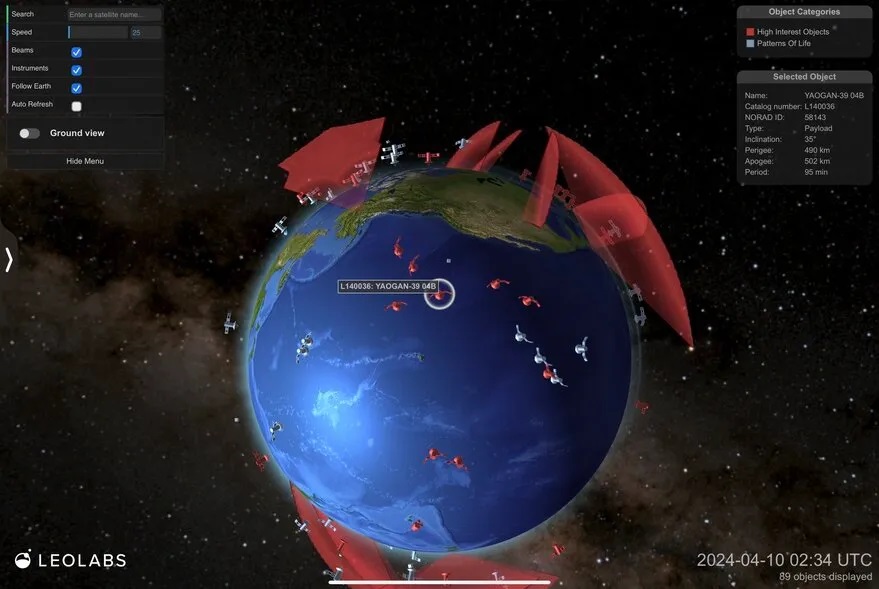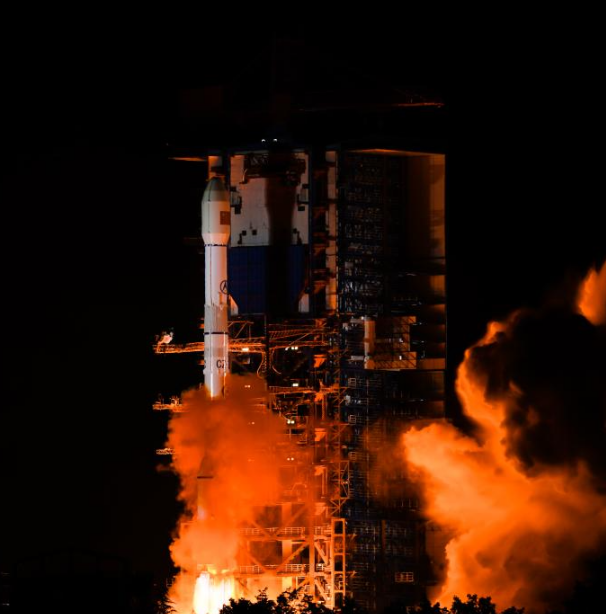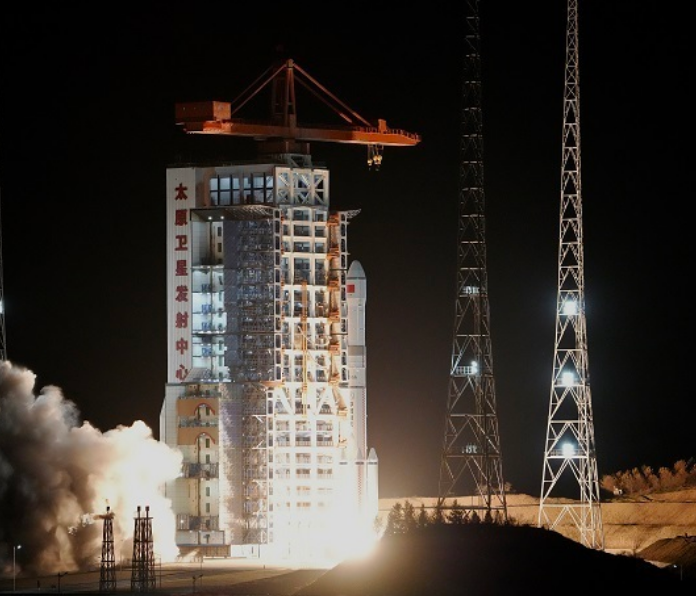22
2024-10
No simple answers for debris mitigation
MILAN – National and international debris mitigation standards and policies are evolving rapidly to keep pace with increasingly complex space operations. With several large constellations poised to take flight and many new spacecraft operators, “we’ve got some real challenges that we need to get ahead of,” Marlon Sorge, executive director of the Aerospace Corp. Center for Orbital and Reentry Debris Studies, told SpaceNews at the International Astronautical Congress here.
 (Credit:LeoLabs)
(Credit:LeoLabs)
Debris mitigation and remediation are popular topics at IAC 2024, where the theme is “Responsible Space for Sustainability.” Researchers are presenting dozens of papers on debris detection, tracking and related legal, policy and economic considerations. Outside the technical presentations, national and international experts are meeting to discuss space situational awareness, active debris removal and automated collision avoidance.
“We are talking at a detailed, technical level,” Sorge said. “We want to understand how to keep the debris problem under control but not stifle all the amazing things that are going on” in the space sector.
Focus on the Physics
National and international organizations have different perspectives on debris mitigation.
“But the physics are still the same,” Sorge said. “One of the things we, Aerospace, try to focus on is getting folks on the technical level to talk to each other.”
The same is true for commercial, scientific and defense organizations, where leaders may have different views on space debris mitigation. “They all have their own policies and their own guidelines on how to do things and they may not necessarily have the same goals,” said Gregory Henning, engineering manager of the debris and disposal section within the Aerospace Corp. Mission Operations subdivision.
For example, operators establishing large constellations have different concerns from organizations developing single unique satellites. “What they care about in terms of sustainability are different,” Henning said.
Satellites also vary greatly in terms of maneuverability. Some maneuver autonomously while others could lose revenue or valuable data-collection opportunities if they move to avoid a collision.
Since there aren’t general rules of the road, operators whose satellites transit through the orbital shell of a large constellation are forging agreements with the constellation operators.
“Right now, it’s about having those agreements and open lines of communications,” Henning said. “How’s it going to be if and when we get to the point that there are multiple large constellations operating nearby each other?”
Debris experts are discussing that question with international colleagues.
“We need to systematically talk to each other and systematically try to move forward, because we can’t wait around,” Sorge said.
-
29
2025-05

Tianwen-2 Mission Launched Successfully
At 1:31 AM today, China successfully launched the Tianwen-2 planetary exploration probe from the Xichang Satellite Launch Center using the Long March-3B Y110 carrier rocket.
-
13
2025-05

Communication Technology Experiment Satellite No. 19 Successfully Launched
At 2:09 on May 13, China successfully launched the Communication Technology Experiment Satellite No. 19 from the Xichang Satellite Launch Center using a Long March 3B carrier rocket. The satellite smoothly entered its predetermined orbit, and the launch mission was a complete success.
-
12
2025-05

Remote Sensing Satellite No. 40, Group 02, Successfully Launched
On May 11 at 21:27, China successfully launched the Remote Sensing Satellite No. 40, Group 02, from the Taiyuan Satellite Launch Center using a Long March 6A carrier rocket. The satellite entered its predetermined orbit smoothly, and the launch mission was a complete success.









